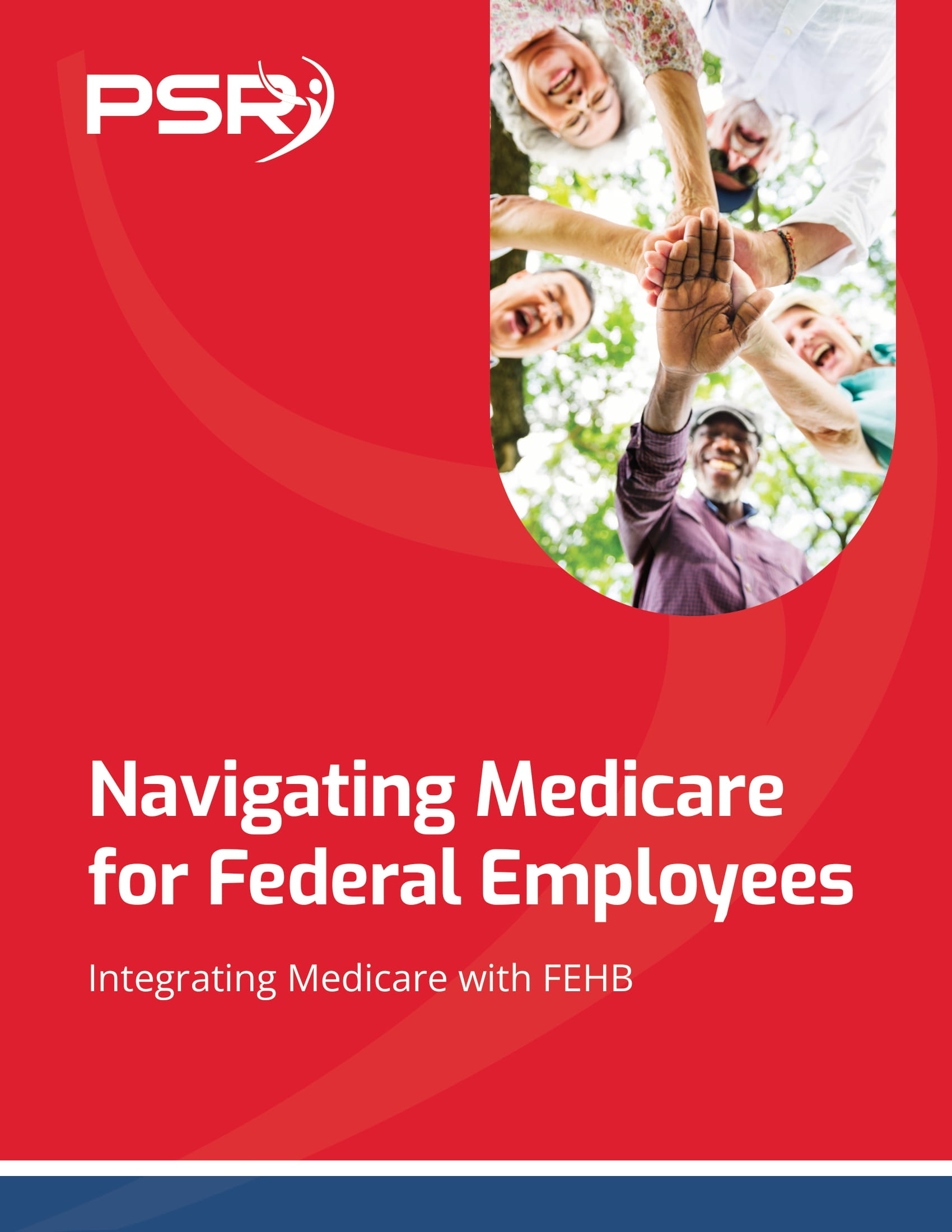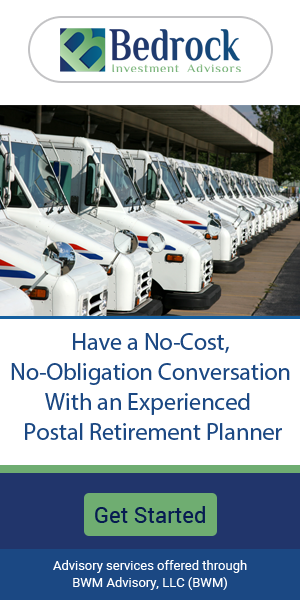Key Takeaways
- FEDVIP offers federal employees a comprehensive way to manage dental and vision care, but many of us don’t realize just how much flexibility and value these plans offer.
- Knowing your enrollment timelines and coverage options for FEDVIP is crucial for maximizing your benefits and avoiding extra out-of-pocket costs down the line.
When was the last time you gave your dental and vision insurance a second thought? If you’re like most of us working in the public sector, the answer might be “not often enough.” We all know about the importance of health coverage, but dental and vision plans often get pushed to the back of our minds. However, the Federal Employees Dental and Vision Insurance Program (FEDVIP) plays a big role in making sure your smile and eyesight stay in top shape.
With open season running from November 11 to December 9, 2024
- Also Read: FAA, Law Enforcement, and Special Federal Employee Categories—Here’s What Makes Their Retirement Unique
- Also Read: Blending Private and Public Sector Retirement Plans Is Complicated—Here’s Where Couples Get It Wrong
- Also Read: The Silent Shift in Postal Service Retirement Benefits That Could Change Everything by 2026
FEDVIP Basics: What’s Included?
FEDVIP offers a range of dental and vision plans to eligible federal employees, retirees, and family members. Unlike standard health insurance, these plans focus specifically on dental and vision care. Here’s a quick rundown of what they generally cover:
- Dental Plans: Routine checkups, cleanings, X-rays, fillings, crowns, orthodontia (often with limitations), and more.
- Vision Plans: Annual eye exams, glasses, contact lenses, and even discounts on LASIK or other corrective surgeries.
Both dental and vision plans under FEDVIP offer different levels of coverage, so you can choose between basic and more comprehensive options. It’s important to look beyond the premium when making your decision and consider how much coverage you’ll realistically need based on your current health.
Eligibility: Are You Covered?
Not everyone qualifies for FEDVIP, but most federal employees do. If you’re a federal employee or retiree, chances are you’re eligible. Additionally, family members can be covered under your plan, including your spouse and unmarried children under the age of 22. It’s worth noting that retirees can keep their FEDVIP coverage, and if you’re a USPS employee, you will be transitioning to a Postal Service Health Benefits (PSHB) plan by 2025.
One key thing to remember: FEDVIP enrollment is separate from FEHB (Federal Employees Health Benefits). This means that if you’re already covered by FEHB, you still need to make an active selection during the open season for dental and vision plans under FEDVIP. Don’t assume you’re automatically covered just because you’ve opted for health insurance.
Timing is Everything: Open Season and Enrollment
The biggest mistake you can make with FEDVIP is missing the enrollment period. Open season is your opportunity to choose, switch, or adjust your dental and vision plans. The 2024 enrollment window is short, running from November 11 to December 9, 2024. If you don’t make any changes during this time, you’ll be automatically re-enrolled in your current plan. For many of us, this could mean sticking with a plan that no longer fits our needs or missing out on better coverage.
And while there are qualifying life events (QLEs)—like marriage, divorce, or the birth of a child—that allow you to change your plan outside of open season, it’s far better to review and adjust your options now while you have the chance. Even if you’re perfectly happy with your current plan, it’s smart to revisit your benefits. Premiums, coverage options, and plan networks can change from year to year, and it’s important to stay updated.
Consider the Costs: Premiums and Out-of-Pocket Expenses
We all know how expensive dental and vision care can get, especially if you end up needing major work done. One of the most significant benefits of FEDVIP is the opportunity to reduce those out-of-pocket costs by opting into a plan that fits your budget and care needs.
For 2024, premiums for FEDVIP plans will vary depending on the level of coverage you choose, as well as the region you live in. Generally, you can expect to pay more for a comprehensive plan with higher coverage limits. But keep in mind, a more affordable plan may not cover as much, leading to higher out-of-pocket costs if you require more extensive dental or vision care throughout the year.
When reviewing plans, make sure you calculate the total annual cost, which includes both premiums and estimated out-of-pocket expenses. This can help you avoid any surprises when it comes time to use your benefits. The last thing you want is to choose a cheaper plan and then get hit with unexpected bills for that crown or pair of eyeglasses.
Understanding Your Plan Network
Your FEDVIP checklist wouldn’t be complete without considering your provider network. Just like with any other insurance, your plan’s network of dentists and eye care professionals can greatly impact your experience.
Take the time to check whether your current dentist or eye doctor is part of the plan’s network. This can be particularly important if you’ve been going to the same provider for years and prefer to stick with them. Most FEDVIP plans offer both in-network and out-of-network options, but going outside the network can mean higher out-of-pocket costs.
In addition to checking provider networks, make sure to review any plan-specific rules or limitations, especially for more expensive treatments like orthodontics or corrective surgeries. Some plans may only cover certain procedures under specific conditions, so it’s worth understanding those details before making a choice.
What Happens if You Don’t Enroll?
If you decide not to enroll in a FEDVIP plan this year, or you miss the open season window, you’ll be left without dental or vision coverage through your federal benefits. While it’s easy to think you can “get by” without dental or vision insurance, the reality is that even routine care can add up quickly. For example, a routine dental cleaning might seem affordable, but any extra work, like fillings or crowns, can lead to much higher costs.
Additionally, vision care—especially if you wear glasses or contacts—can also get pricey without the right coverage. Eyeglasses alone can cost several hundred dollars depending on your prescription and frame preferences. Enrolling in a FEDVIP plan can help ease the financial burden of routine and unexpected dental or vision expenses.
Make FEDVIP Part of Your Retirement Strategy
For federal employees nearing retirement, FEDVIP plays a significant role in your overall retirement planning. Unlike your basic health benefits, which can change significantly in retirement, FEDVIP coverage remains largely the same. This continuity is a big deal, especially when you consider that dental and vision care becomes even more important as we age.
While you may be planning your health insurance around Medicare and FEHB, don’t overlook how essential FEDVIP can be in retirement. Taking care of your teeth and eyes now means fewer surprises (and fewer bills) down the road. Plus, FEDVIP premiums can often be deducted from your retirement annuity, making it a simple addition to your retirement budget.
Don’t Wait: Take Control of Your Dental and Vision Plans Now
Whether you’re new to FEDVIP or have been enrolled for years, taking the time to review your options each open season is crucial. With the enrollment period fast approaching, now’s the perfect time to evaluate your dental and vision needs and make sure your plan matches up. It’s all about keeping your future healthy, clear-eyed, and smiling.












